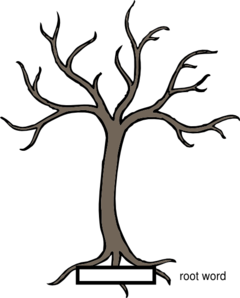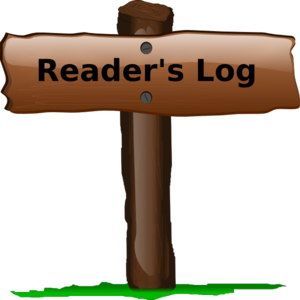

These sites include information on how to help English Learners who are beginning to write and read. Some of the resources are booklists, read alouds, dialogue journals, and lessons.

These sites provide resources to develop English Language Learners' vocabulary. They contain vocabulary lessons, games, activities, dictionaries, and more.
![]()
These sites contain resources for teaching process writing to English Language Learners. These sites include information about wikis, blogs, peer response groups, Author's Chair, grammar, spelling, and elements of writing.

These sites provide information on reading instruction, children's book awards, readers' theatre, assessments, and graphic organizers. Some of these sites contain articles for K-12 students that can be adapted for ELLs.

The links below discuss resources for teaching reading and writing. These links provide information about anticipation guides, graphic organizers, learning logs, and book lists.
The sites below discuss postreading strategies. These links provide information on semantic feature analysis, rehearsal strategy, visual organizers, learning logs, response logs, portfolio assessments, and other assessment strategies.
The sites below discuss reading assessment and instruction. These links provide information about Response to Intervention, differentiated instruction, reading inventories, miscue analysis, and guided reading.

English as a Second Language
The links below contain news, scholarly articles, lessons, activities, games, strategies, and more resources relating to language acquisition and the teaching of English as a Second Language. Many of these links were gathered from Suzanne F. Peregoy and Owen F. Boyle's sixth edition of Reading, Writing, and Learning in ESL. The descriptions come from this book or the sites.
These are some websites that contain some free test preparation materials including practice questions and practice tests as well as information about how the test is structured and the content it covers.
The sites below contain news relating to English Language Learners, educational policy, and teaching resources.

These sites contain information on first and second language acquisition theories, language teaching methods, types of educational programs for English Language Learners (ELL), academic language, assessment, and ELL resources.
These sites include information on how to help English Learners develop oral language skills. Some of the resources are songs, games, poetry, listening labs, and strategies, such as Total Physical Response.
To locate children's books in the King Curriculum Lab, use the following guide for call numbers:
When searching for children's books in the library's online catalog, do an Advanced Search. Select "Audience" and "Juvenile." Type your term in the search box.